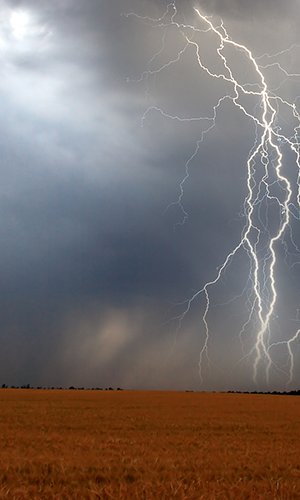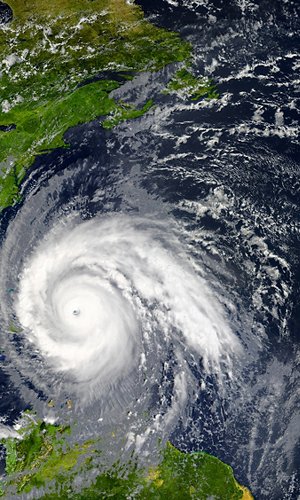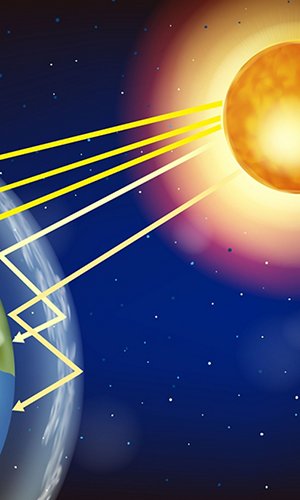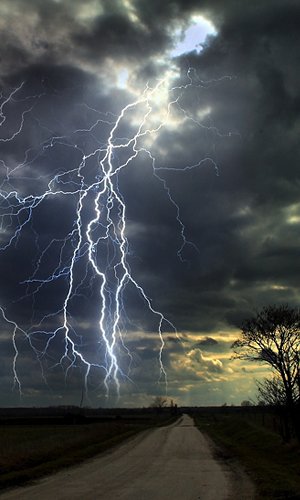The air is in constant motion. The engine of atmospheric circulation is the Sun, which warms the Earth and the air of the atmosphere differently, depending on the latitude. The atmosphere tries to rebalance the temperature differences by moving masses of hot air from regions where there is an excess of heat towards colder regions. The movements of air masses that seek to rebalance the differences in temperature and pressure in the atmosphere give rise to winds, cyclones and anticyclones and to all those weather phenomena that make the atmosphere of our planet “turbulent”.








